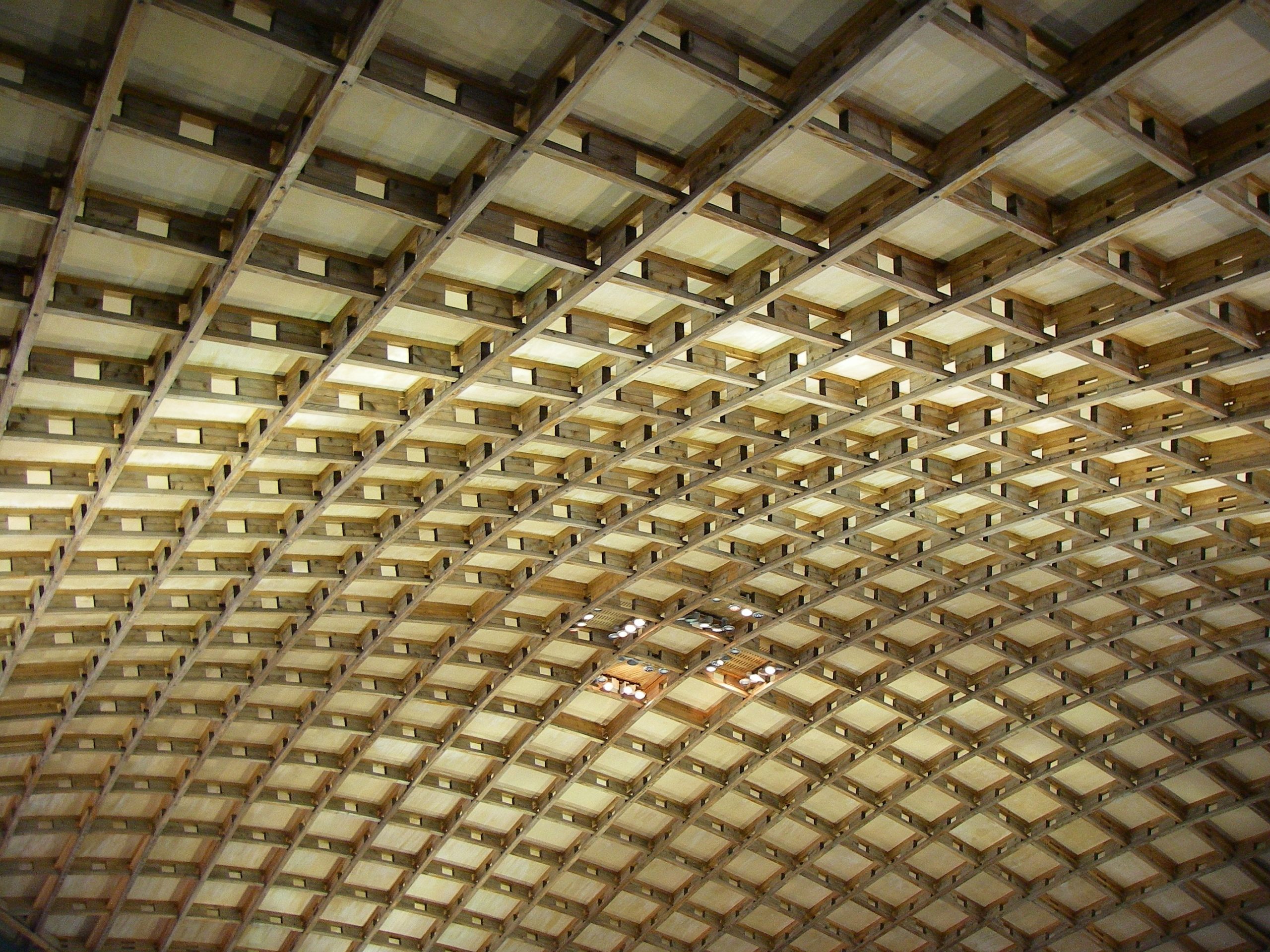What’s the big deal with timber quality?
We’ve been looking towards growing good straight knot-free cylinders of wood for centuries and, by and large, are actually quite good at it when we put our minds to it. The world is, however, changing. New science, new technology, new ways of using timber challenge our preconceptions of what quality timber actually is.
The way we buy and sell commodities have also changed significantly without us noticing much. The supply-led market was overtaken decades ago by demand-led purchasing. Those that could supply what customers demanded won market-share, those that tried to find markets for what they could grow made do with whatever market they could find. Twenty years ago when I came into forestry our mentors drove home the point that unless we became demand driven the sector would wallow in obscurity.
Twenty years on the architecture and engineering community marches on with a thirst for innovative timber solutions. Truly exciting developments that push the demand for timber. But, those designers, those users, need timber delivered-in that matches the quality they need to realise the potential of their designs.
Terms like ‘dimensional stability’ and ‘modulus of elasticity’ have to be understood by designers and engineers in order to use timber to meet their requirements, yet we, as the timber, growers, often fail to understand these terms, despite them having a huge impact on the sell-ability of our timber.
Understanding requirements is key

If we understand the modern requirements for timber quality we are in a much better position to use our silvicultural knowledge to grow & process the timber needed by modern users. And we have a vast array of silvicultural techniques honed through centuries of practice by committed foresters to draw on. We have to match what we can do inside the forest, adapt, evolve and focus what we grow on the needs of the modern & future user.
Demand requirements will change and evolve, probably faster than our silviculture can keep up with, but we can harness new knowledge of timber quality to direct our growing towards more modern, more considered, quality parameters.
Over the autumn we’ll be taking a closer look at this through a series of RFS on-line lectures. In October we’ll be repeating the two-part course “Understanding and growing quality” as a primer for those new to this subject. Then in November we’ll be taking a deeper dive, firstly into the internal structure timber on November 18th and the into Thinning Regimes for Timber Quality on November 25th. These evenings will take as their starting point an idea of “quality” beyond the visual interpretation of the tree in a forest and address how very modern uses of timber relates to how we grow timber.
Jez Ralph
Jez Ralph has been working in the forestry and timber industries for 20 years. From a Masters degree in Forest management his interest grew in timber use and timber quality. In 2011 Jez was awarded a Nuffield Farming Scholarship to investigate increasing the value of timber for small-scale forest owners around the world.. In 2015 Jez set up Timber Strategies which is sits in the underdeveloped area between forestry and timber use.

